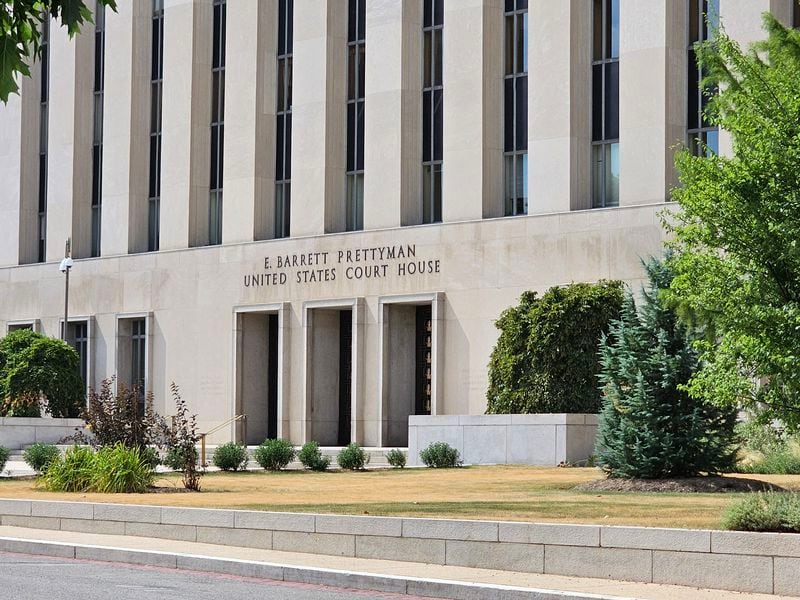Opportunities for Blockchains and Digital Assets to Support and Enhance U.S. National Security
As national security experts, we invariably view emerging technologies through a lens that focuses on risk, mitigation and safety. We have decades of combined experience in numerous national security roles across the U.S. government, including careers at the FBI, CIA, U.S. Secret Service, and Departments of Justice and Treasury. Our experiences range from establishing the first dedicated digital asset illicit finance investigation unit, to high level roles at the CIA’s Center for Cyber Intelligence, to dismantling transnational organized criminal groups.
The national security edge in the U.S. has been built on an ability to develop and embrace new technologies and we have joined with the Blockchain Innovation Project to share our experiences on how U.S. national security may benefit from certain implementations of blockchain technology. Given that blockchain technology is still in the early stages of its cycle into mainstream uses, policy makers and the public are often confronted with a plethora of inaccurate information, frequently from sources that don’t understand the technology, and occasionally from purposeful efforts to advance a narrative with incomplete facts or misguided analysis.

02:04
Coinbase Earnings Preview; DWF Labs Dismisses a Partner After Drugging Allegations

04:10
Bitcoin Price Breaks $71K: Can BTC Withstand Political Narratives?

01:50
Bitcoin Open Interest Hits Record High Amid BTC Price Surge

02:41
Bitcoin Leaps Across $71K, Eyes All-Time High; DOGE Futures Interest Nears Record
In its simplest form, a blockchain is a technology utilizing cryptography. Like other technologies, it is agnostic to its use. Currencies, whether fiat or digital, are used to fund both legitimate and illicit activities.
America’s strategic national security interests require policy focus on market structure. Many policy approaches relating to markets and the role of blockchains in them are too broad, trying to simultaneously address multiple issues like market integrity or mitigating systemic risk. The challenges of these broad-scope approaches are compounded by a continued lack of understanding about blockchain technology, cryptocurrency, and tokenomics.
We believe wholeheartedly that if the United States proactively creates structures for this technology to flourish onshore, policy makers will quickly see that blockchain and digital assets can be leveraged as tools of strength and democratization, rather than serving only as tools of criminals and rogue international actors, as is often assumed.
Additionally, the strength of the U.S. dollar remains one of the most powerful tools in the U.S. soft-power arsenal. Establishing a regulatory framework that allows people to access regulated, fully-backed U.S. dollar-based stablecoins issued by the private sector is not only an opportunity for economic growth, but also a path to channel a large portion of the global economy into the U.S. regulatory system, increasing the monetary and regulatory tools at our country’s disposal.
It is also important to recognize that the rest of the world, adversaries and partners alike, are moving forward with the development and adoption of digital assets in their financial systems. Some are doing so at an accelerated pace while many banks in the U.S. rely on software platforms that were installed in the 1980s using code from the 1950s. In a recent interview, the European Central Bank President Christine Lagarde has stated, “we envisage a digital euro as a digital form of cash that can be used for all digital payments…” Meaningful regulatory frameworks, many of which protect national security, were established in more than 20 countries in 2023. Conversely, hostile countries continue to exploit regulation gaps and take advantage of the vulnerabilities created by patchwork rules and absent market structures.
As highlighted by the CFTC Technology Advisory Committee, this can contribute to diluting the nation’s’ influence and position as a provider of the global reserve and transaction currency, weakening the ability to combat illicit financial activity.
With regulatory certainty, the national security benefits of digital assets and blockchain technology will grow exponentially. Some of these benefits include strengthening our ongoing efforts to counteract adversarial influences, more effectively monitoring international trade requirements, and enforcing sanctions. Specifically, the use of blockchains and tokenization processes vastly enhances the traceability of supply chains ensuring that our critical resources are free from malign influence. This capability is vital not just for economic security but also for safeguarding technology and defense capabilities from foreign exploitation.
By design, cryptocurrency transactions are immutably recorded to a public ledger. This affords identification and tracing opportunities to investigators and intelligence agencies that do not exist with traditional financial transactions. This goes beyond the individuals directly involved in the transfer of assets and facilitates disruption or judicial action against the entire criminal network, to include supply chains, money mules, affiliates, infrastructure service providers, money launderers and on-ramps and off-ramps to fiat currency.
A common misconception is that blockchain inherently guarantees anonymity. While transactions can be pseudonymous, they are not entirely anonymous. Transactions are recorded on a public ledger, which can be analyzed to reveal patterns and links to individuals or entities. Fortunately, blockchain’s transparent nature provides law enforcement with tracking and tracing capabilities to identify the flow of illicit transactions that were previously unavailable in traditional financial crimes Unlike cash transactions, which leave little trace, blockchain transactions allow for tracking of assets across networks. By analyzing transaction patterns and employing forensic blockchain analysis, authorities can trace illicit activities in ways that are not possible with traditional, cash-based methods. This capability is starting to transform approaches to combating financial crime and holding bad actors accountable.
Finally, digital assets also offer additional advantages over cash in terms of freezing or seizing. In just the last year, billions of dollars’ worth of cryptocurrency associated with thefts, hacks, and money laundering have been blocked or frozen following due process of law. Many cryptocurrency issuers support government authorities by working with hundreds of law enforcement and regulatory agencies, including the U.S. Department of Justice, U.S. Secret Service, and the FBI.
The U.S. has a responsibility to remain at the front-end of technological advancement and uphold strong national security. By collaborating to develop a clear market structure and regulatory framework for blockchain and digital assets, leaders will help fuel forward progress that will protect U.S. citizens and the economy at home and abroad, for decades to come.
Note: The views expressed in this column are those of the author and do not necessarily reflect those of CoinDesk, Inc. or its owners and affiliates.
Edited by Benjamin Schiller.









